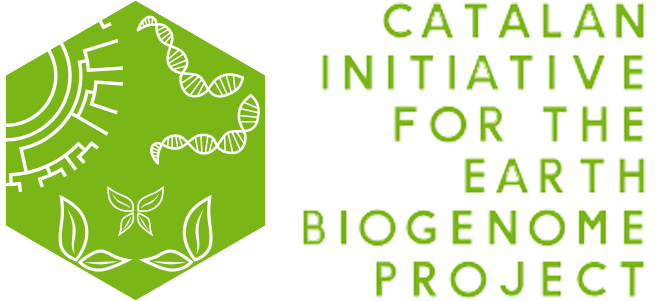High-quality reference genomes for non–model species can benefit conservation.
Genome assemblies can be used for refined species delineation, phylogeography, population studies, genetic rescue and even resurrecting extinct species (deextinction).
Addressing biodiversity loss is a complex problem that requires multifaceted solutions. Genomics can be an important component of conservation management. It is urgent that high-quality reference genome assemblies and cryopreserved cells be produced for endangered species now and, eventually, for all species. Waiting for technology improvements, policy changes, or outcomes of nongenomic efforts places too many species in peril.
Coordination between scientists and other stakeholders is important, especially for access and benefit sharing of samples and the resulting digital sequence information with Indigenous Peoples and local communities. Genome assemblies by themselves, even if complete and error free, cannot fully address the ongoing sixth mass extinction. But high-quality reference genome assemblies are advantageous for pre- and postconservation management and monitoring with other strategies, such as preserving land, forest, and water reserves, and with other protections to the environment.
Two examples of third-generation genome assemblies providing key information for conservation are those of the kākāpō (Strigops habroptilus) and vaquita (Phocoena sinus), which are both critically endangered.
Read the full article published on Science here.
